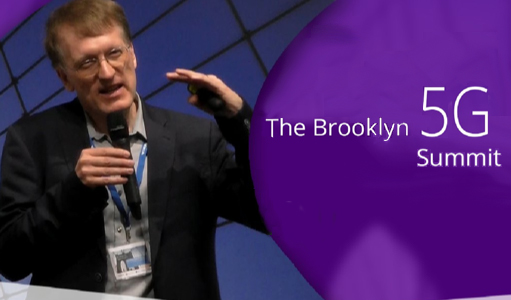
Henning Schulzrinne: In defining 5G, learn lessons of previous technologies
Schulzrinne, who co-developed key VoIP and other multimedia protocols, takes a look back at what was learned from deploying the land line, 2G, 3G, and 4G.

Schulzrinne, who co-developed key VoIP and other multimedia protocols, takes a look back at what was learned from deploying the land line, 2G, 3G, and 4G.

“A Multi-Scale Model for Simulating Liquid-Hair Interactions,” a paper being presented this summer at SIGGRAPH, describes innovations for capturing liquid onto hairs, modeling the flow along hairs, inducing cohesion, and enabling dripping.
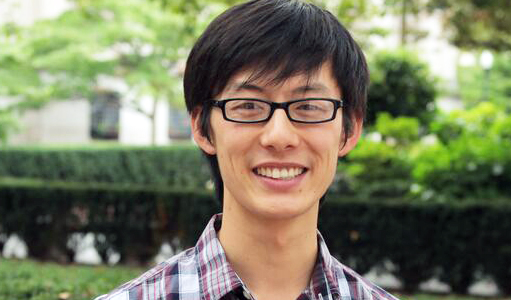
Researchers led by Eugene Wu are presenting two papers next week in Chicago at SIGMOD, a leading international forum for … Continue reading Query logs put to new uses in data analysis: democratizing interfaces and tracking sources of errors
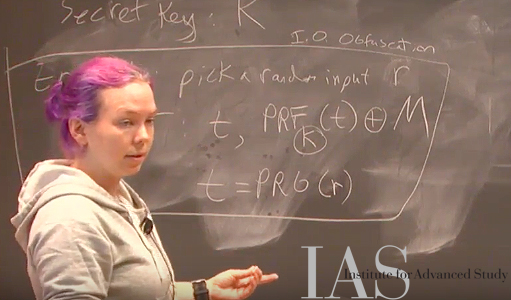
Given at Princeton’s Institute for Advanced Study, Bishop’s talk surveys recent advances in program obfuscation, an area of theoretical cryptography that has seen unprecedented levels of activity over the past four years.
Legendary quantitative investment manager (and former Columbia computer scientist) David E. Shaw spoke to a packed auditorium about his research into high-speed simulations to understand molecular biology.

Part of edX’s graduate-level MicroMasters series, the course gives instruction in the technical aspects of physics-based animation. Grinspun’s research has been incorporated into films by Disney, Pixar, LucasFilm, Weta Digital, and other studios.
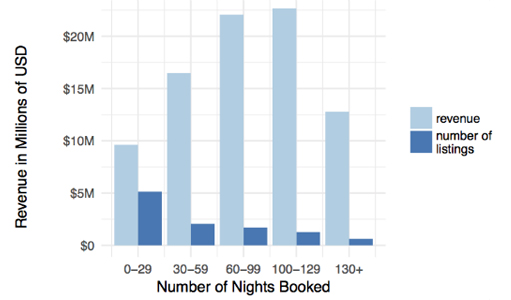
Augustin Chaintreau and grad students Mathias Lecuyer and Max Tucker scrapped Manhattan Airbnb listings, finding that most listings are rarely used but a small share of listings generates most of the revenue.

Over 150 researchers attended the March 24 event on applying extreme-scale parallel computing systems to solve diverse problems. Ruchir Puri, chief architect of IBM Watson, was keynote speaker.

In creating Moana and other animated movies, artists at Walt Disney Animation Studios use techniques developed by Grinspun and his students to give characters lifelike hair that flows, bounces, and twists.
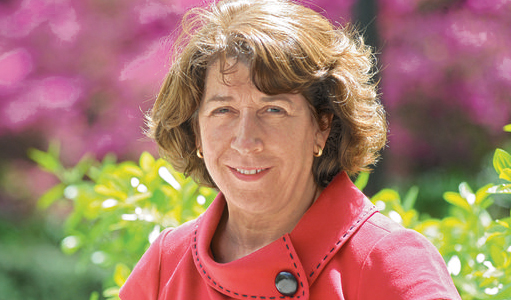
“Whenever a new topic becomes popular in NLP, we find out that Kathy worked on it ten years ago.”

Encryption is strong in WhatsApp, Signal, and other apps, Bellovin explains in a blog post, forcing the CIA to hack the endpoints (phones) and collect data before it is encrypted.
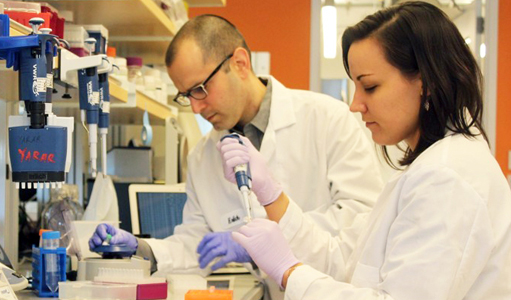
Their paper, published last week in Science, describes a DNA storage method capable of encoding 215 petabytes in a single gram of DNA. It is believed to be the highest-density data-storage device ever created.
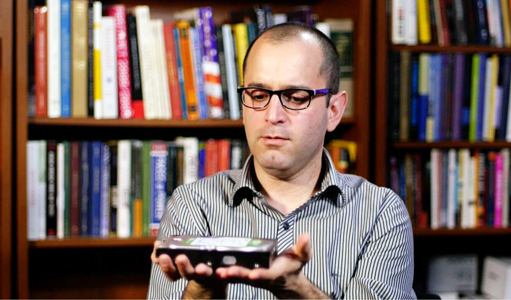
The approach—scalable, highly robust, and resistant to errors—is 60% more efficient than previous DNA storage strategies and approaches 90% of the theoretical maximum amount of information per nucleotide.

Animation techniques developed by Grinspun and his students rely on the geometry of physics and computer algorithms to simulate how plants and trees move in response to the wind or the swinging of monkeys.

The Atlantic cites research led by Yaniv Erlich in creating a genetic tree of 13M people for studying migration, life spans, and other patterns. The work, still under peer review, was posted to bioRxiv.